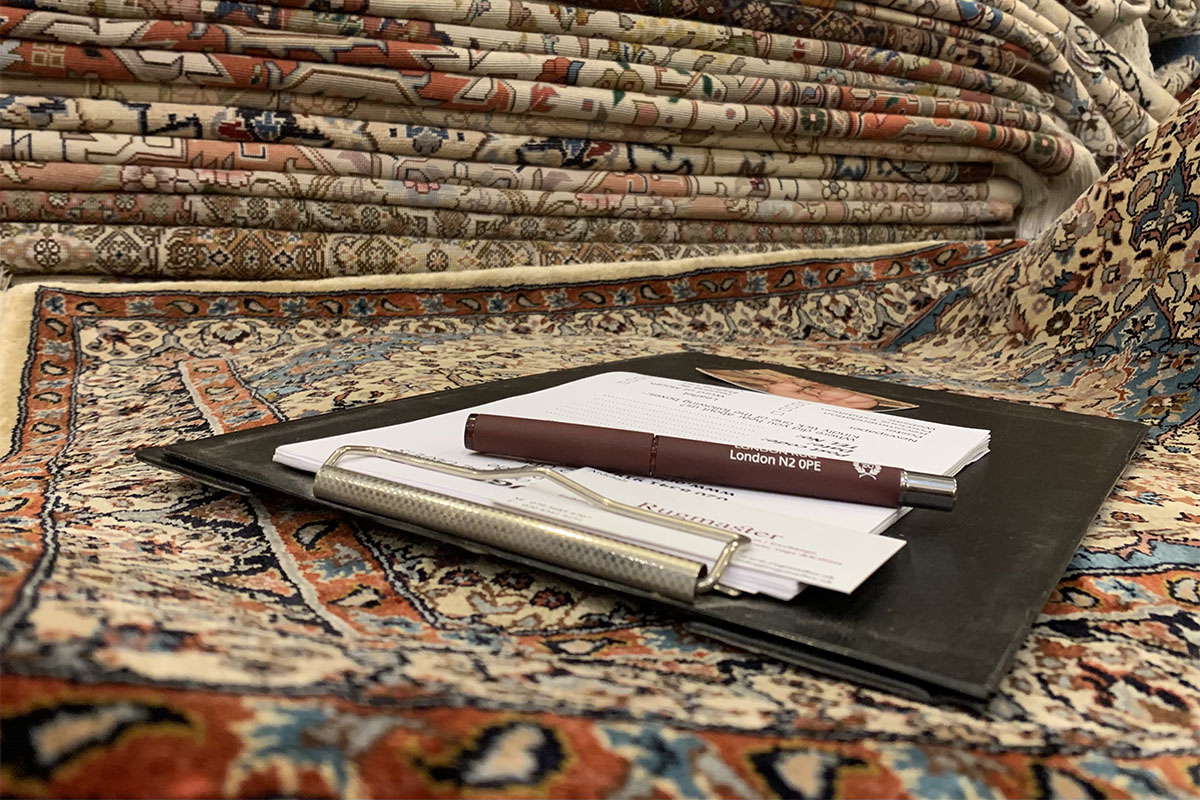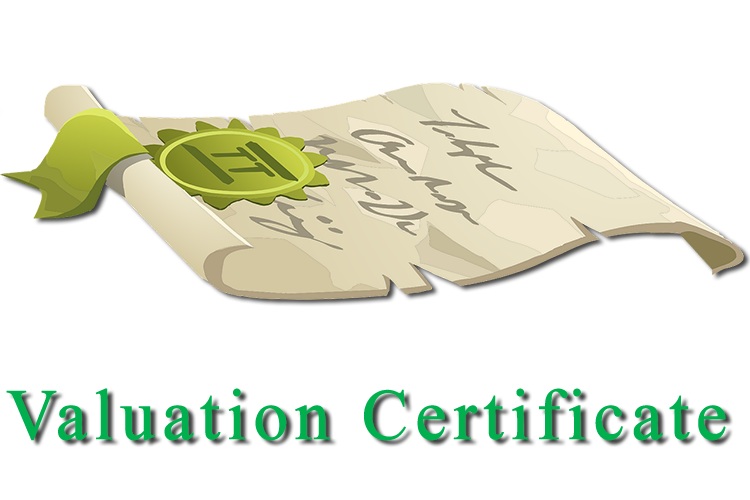All Rug Valuation Uk
More about rug valuation
What determines a Rug's Value? There are several factors to look for in valuing a rug.
- Age: Greater age often increases the rugs value. It has to be of good quality wool, workmanship, natural dyes and historical value. On the tribal pieces, some of the tribes are either on the verge of deliquesence or no longer exist and their rugs become one of the earth's treasures left behind from that particular tribe.
- KPSI, Knot Density: Knot Per Square Inch or RAJ: Higher knot density increases the quality and price of the handmade carpet. You can convert RAJ to KPSI by the following formula: [(RAJ/7) x2.54]^2=KPSI For example: 40 RAJ of Kashan equal to [(30/7) x2.54] ^2=118 KPSI. Reason for this being that the higher the rug’s KPSI, typically the longer the weaver spent to produce it. The rug will also have a higher chance of lasting longer over the course of time as it is more tightly woven together.
- Consistent Weave: Along with the density, weaving of the traditional rugs are not as consistent as machine made rugs.
- Fibre: The rugs made from fibres such as wool are more valued than the rugs made from artificial fibres. The quality of the wool is dependent on how many times the lambs wool has been cut previously, defining the quality of the lambs wool. The first trim of the lambs wool has a higher value than the second trim. It also depends on the environment where the lambs live, what conditions they endure and what they feed on.
- Silk rugs are expensive, but delicate and require special cleaning. Silk rugs are typically made using silk derivative of the cocoon from the silk butterfly undergoing further processes. However, even with silk there are a variety of different types, which contribute to the overall valuation of your rug.
- Technique: The best handmade rug is better than the best machine-made rug, although there are very well-made rugs from both techniques at this point in time. Handmade rugs typically encompass methods of weaving dated back to 5th century BC. Thus proving a monolith against the ever passing of time.





